Occupational therapy (OT) sessions are a wonderful resource for children who need extra support in developing fine motor and motor planning skills, as well as improving sensory processing abilities. However, these sessions are just a small part of a child's week. As parents, you spend much more time with your child outside of therapy sessions. This is where the real magic happens— carrying over these skills from therapy to home can make a significant impact on your child's progress and confidence.
Why Practice at Home Matters
1. Consistency and Reinforcement
Consistency is key in learning any new skill. When children practice what they learn in OT sessions at home, they reinforce the techniques and strategies they learned. This repetition solidifies the skills into everyday habits.
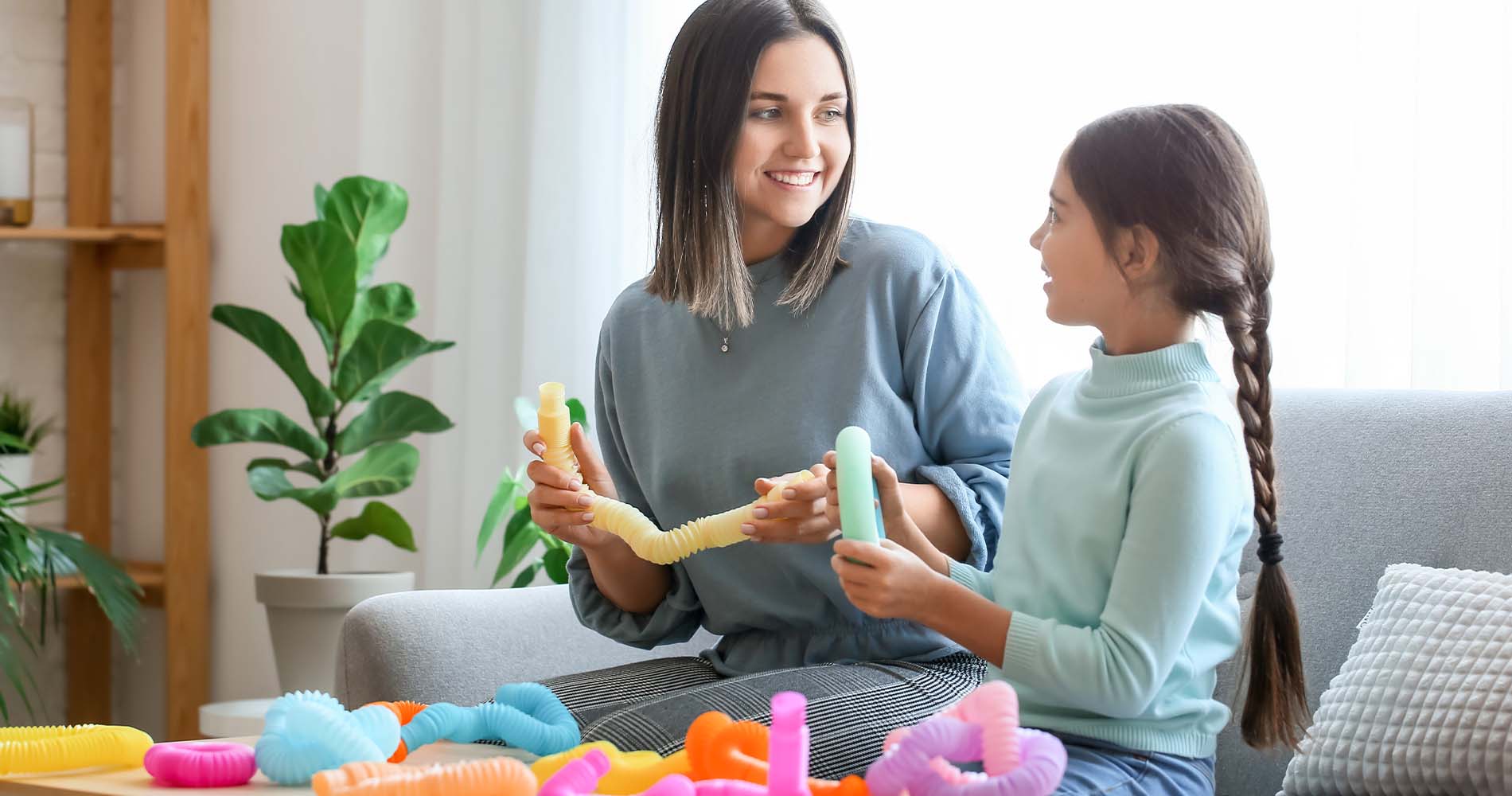
2. Extended Learning
OT sessions typically occur once or twice a week. By practicing at home, children can extend their learning beyond these limited sessions. More practice means more opportunities for improvement.
3. Parental Involvement
Parents play a crucial role in their child's development. By engaging in home practice, you actively participate in your child's progress, which can strengthen the parent-child bond and boost their motivation.

4. Applications Outside the Norm
Changes in routine, such as during summer break, can pose challenges to maintaining learned skills. This can also be a great time to focus on honing those skills in other scenarios. Regular home practice can prevent skill regression and prepare your child for a variety of situations.

Areas of Focus
1. Fine Motor Skills
Encourage activities that promote finger strength, precision and coordination such as playing with building blocks like our Rainbow StackerorButton Pizzazz. Drawing with different tools like crayons and chalk is also a great way to add a variety of tactile input.
2. Motor Planning
Obstacle courses are a perfect way to exercise sequencing and executive function skills. Challenge your child to piece together the SensaSoft Puzzle Cube and see how long it takes them to figure out where each piece fits.
4. Strengthening
Incorporate strength building activities into your child’s play routine. Pull out a Bounce Board to jump on and let them climb up the Climbing Ladder Swing. Bear crawl or crab walk across the room to work out even more muscles!
5. Handwriting
You can encourage your child to practice writing skills by drawing pictures and engaging in activities that promote hand-eye coordination. Try some heavy handwork activities to warm up the hand muscles. Use the writing tools your child’s occupational therapist recommends to keep the carryover to home more consistent.
How Parents Can Help
Carrying over and practicing occupational therapy skills at home is a powerful way to support your child's development. Your involvement and dedication can make a world of difference in your child's progress and overall well-being. Setting aside dedicated time to work with your child can prevent regression. Be patient as they work and provide positive reinforcement to boost their confidence. It might take extra time for your child to apply the skills they’ve learned to situations outside their therapy sessions.

Remember, it's not just about what happens in the therapy room—it's about how we apply these skills in everyday life. Keep in touch with your child’s occupational therapist to understand specific goals and ensure that you use the best strategies for your child at home.
Want to bring even more sensory support to your home? Explore how you can create a home sensory room!

















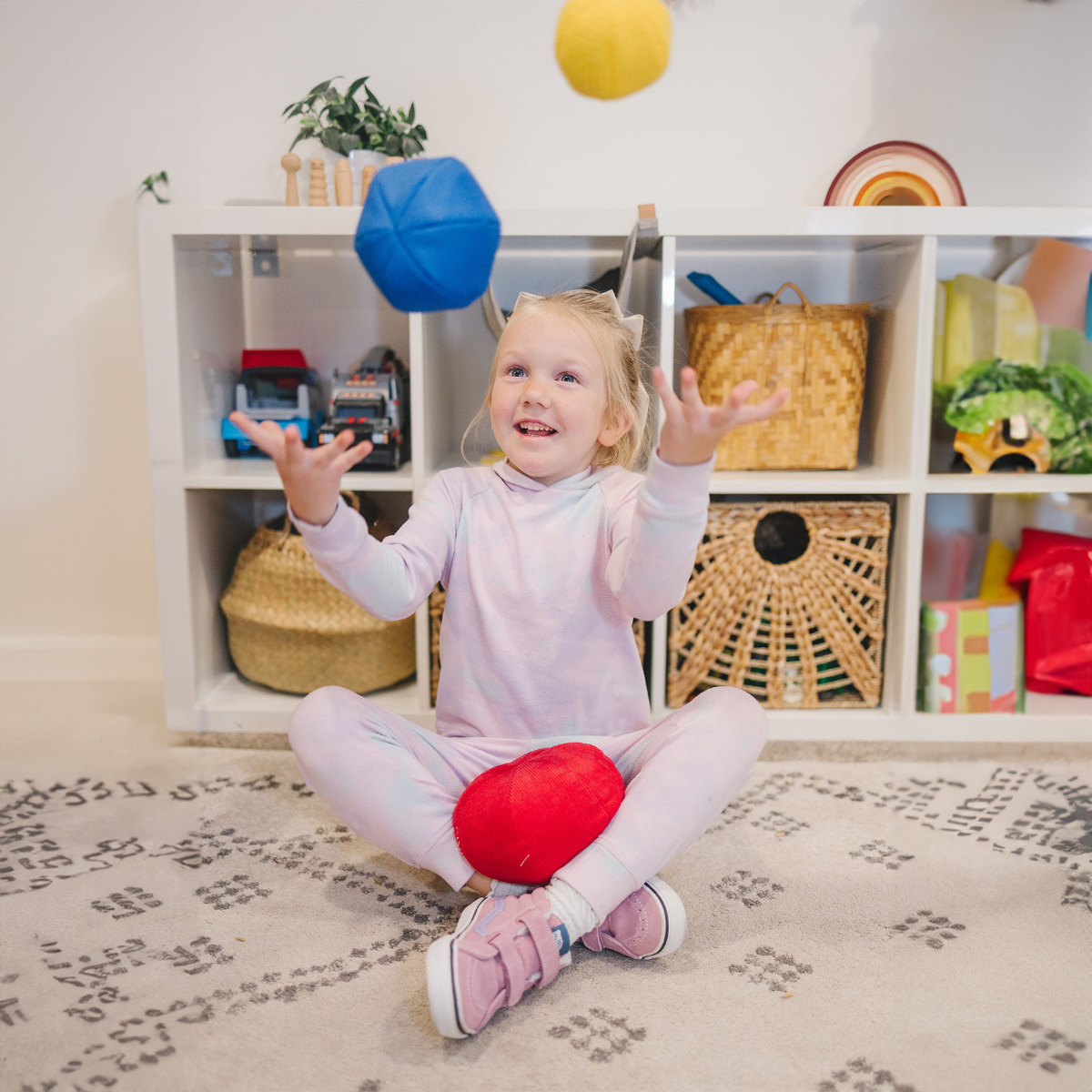

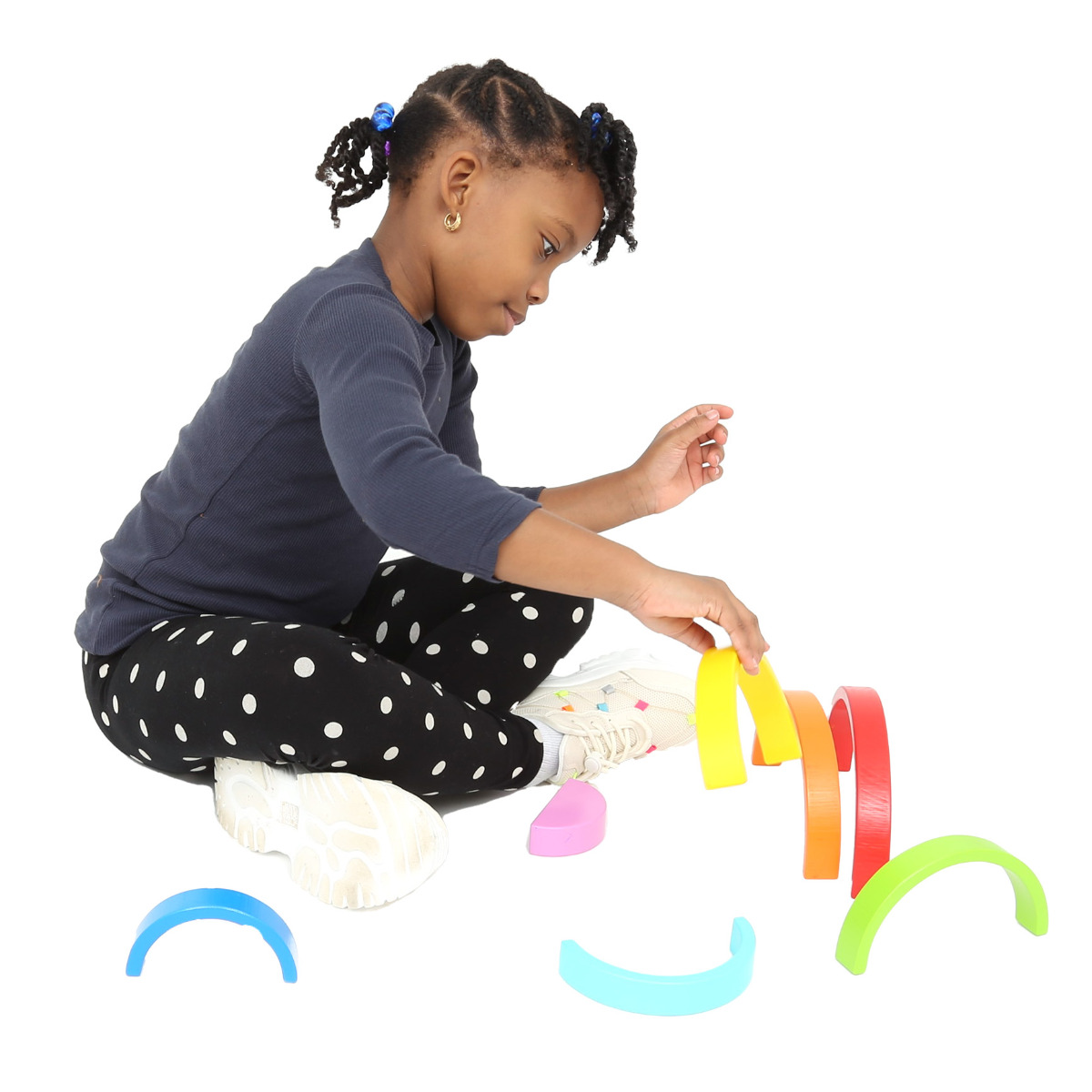
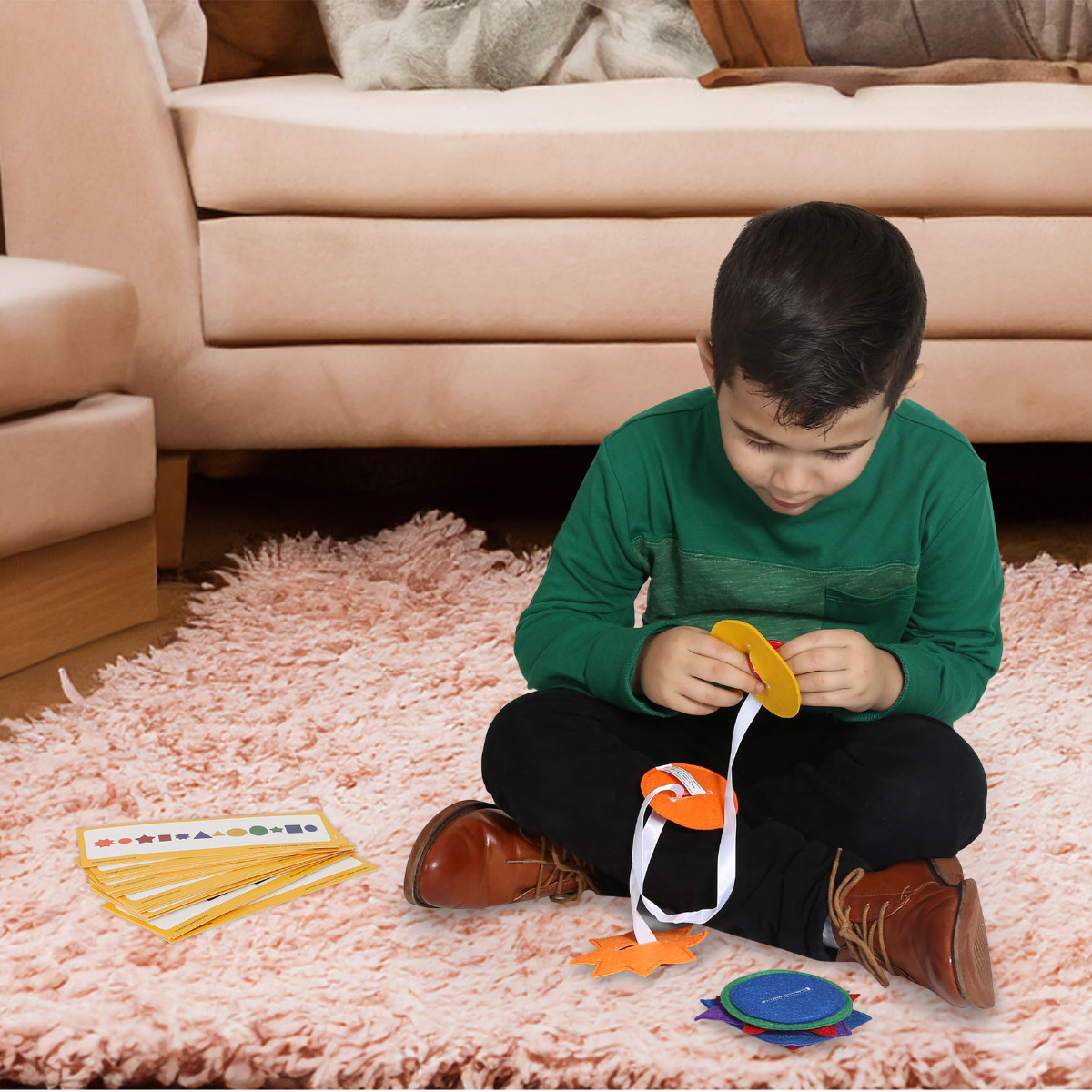
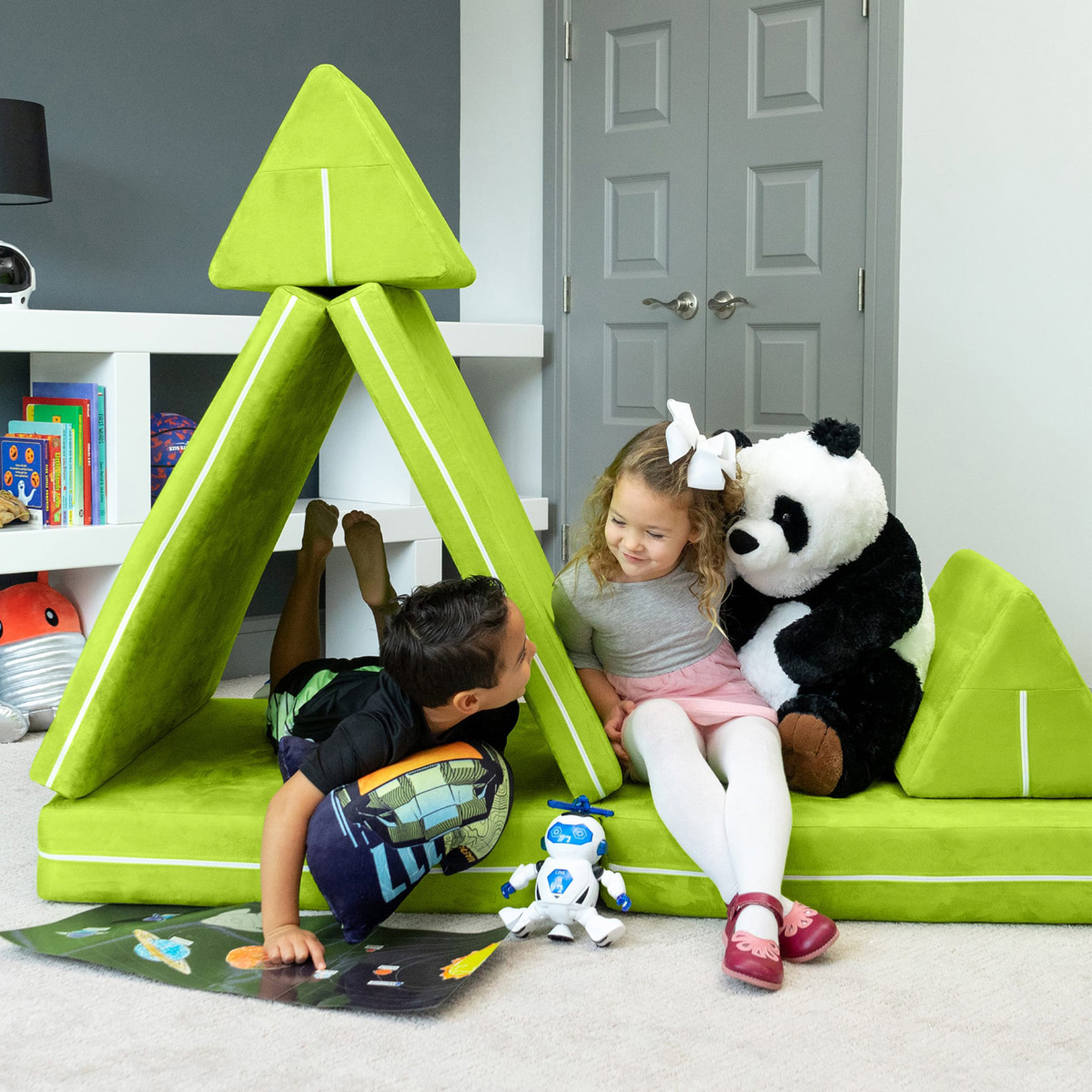

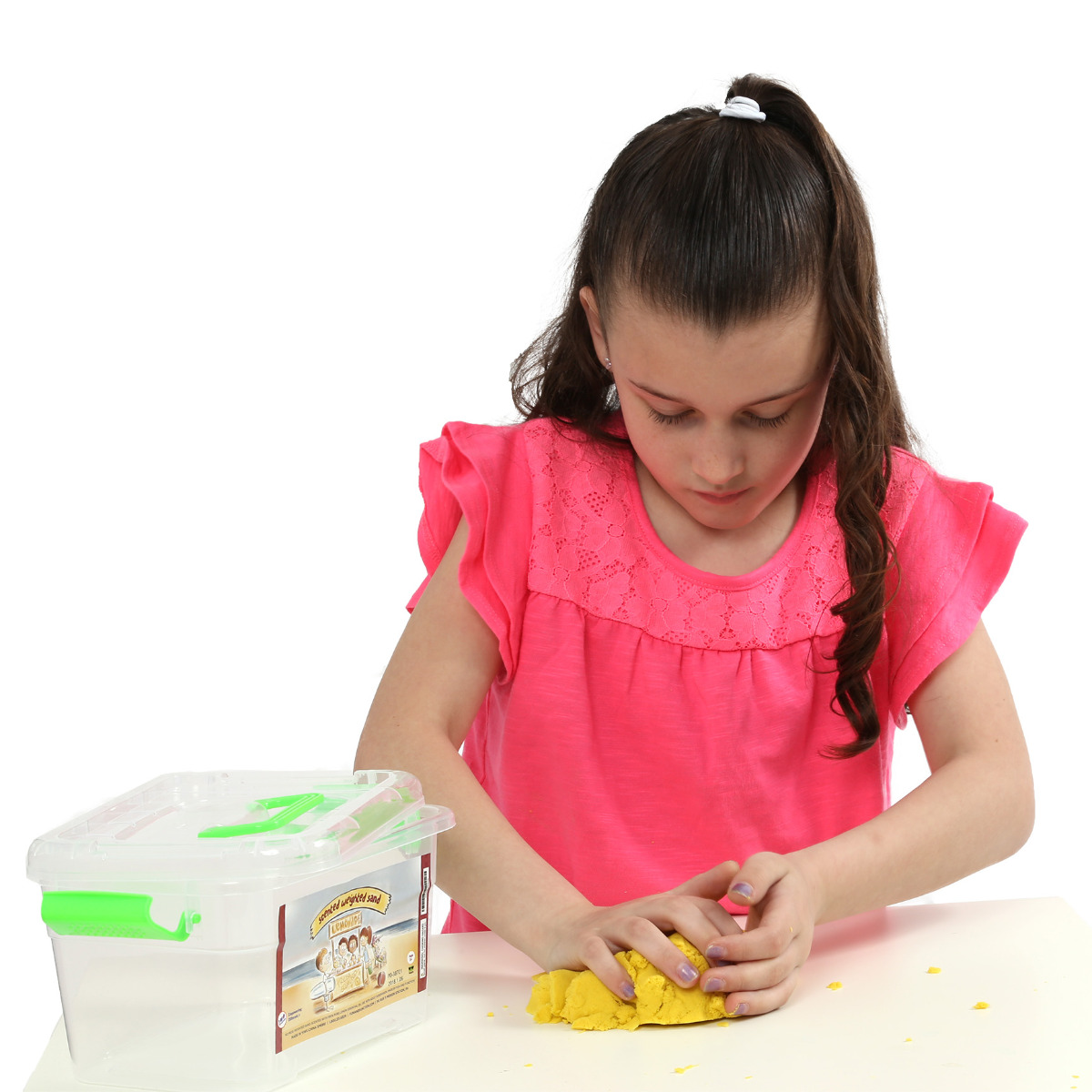
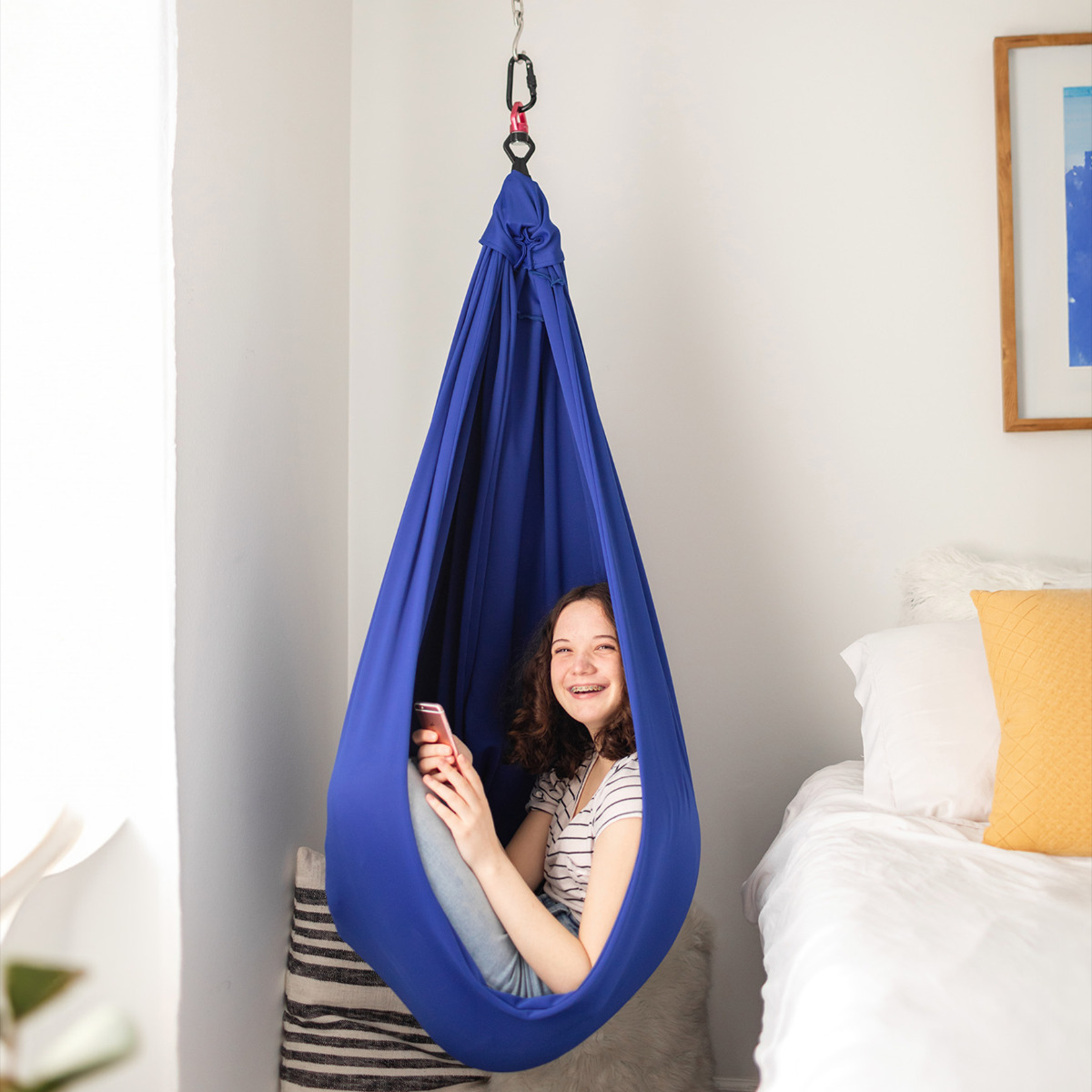
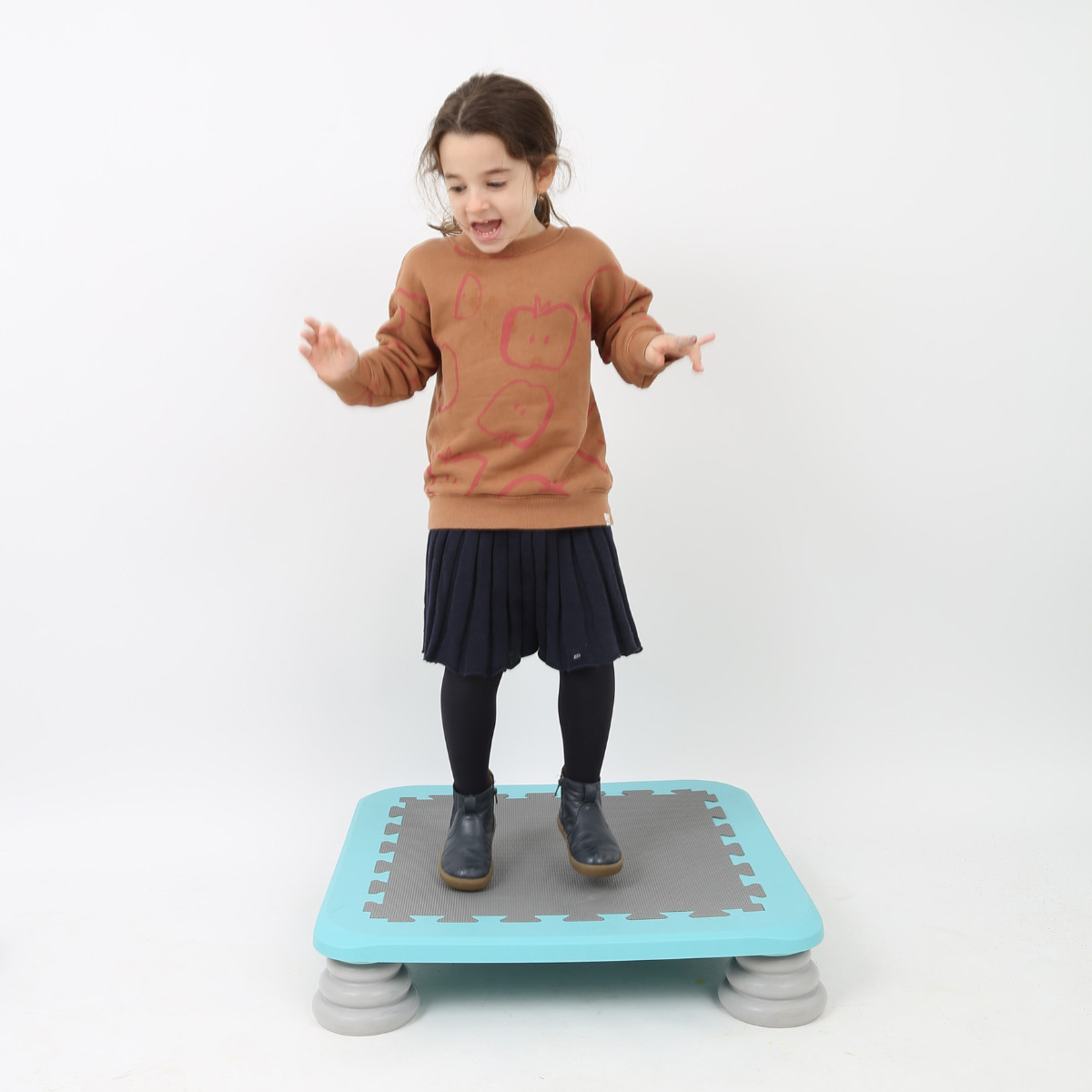
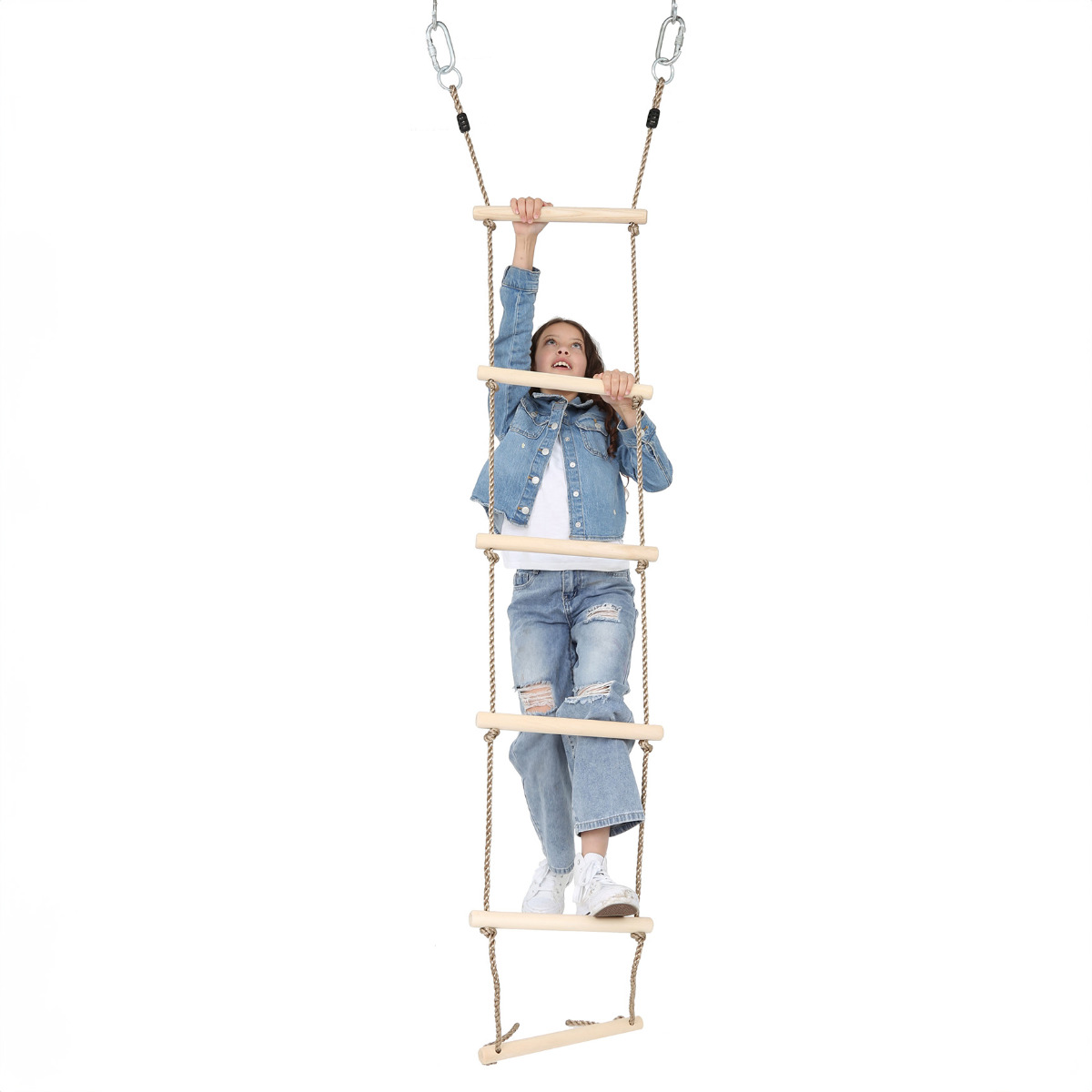
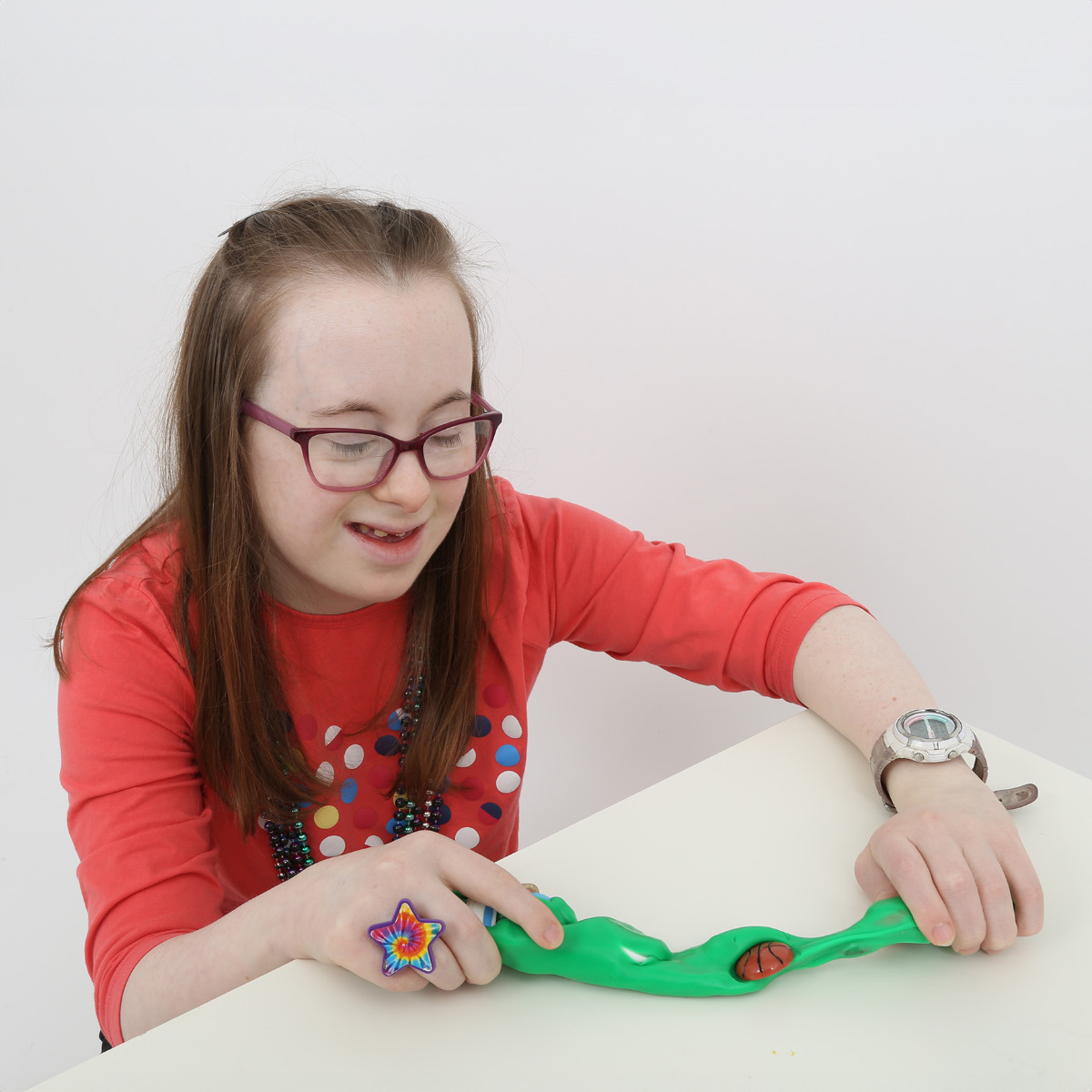
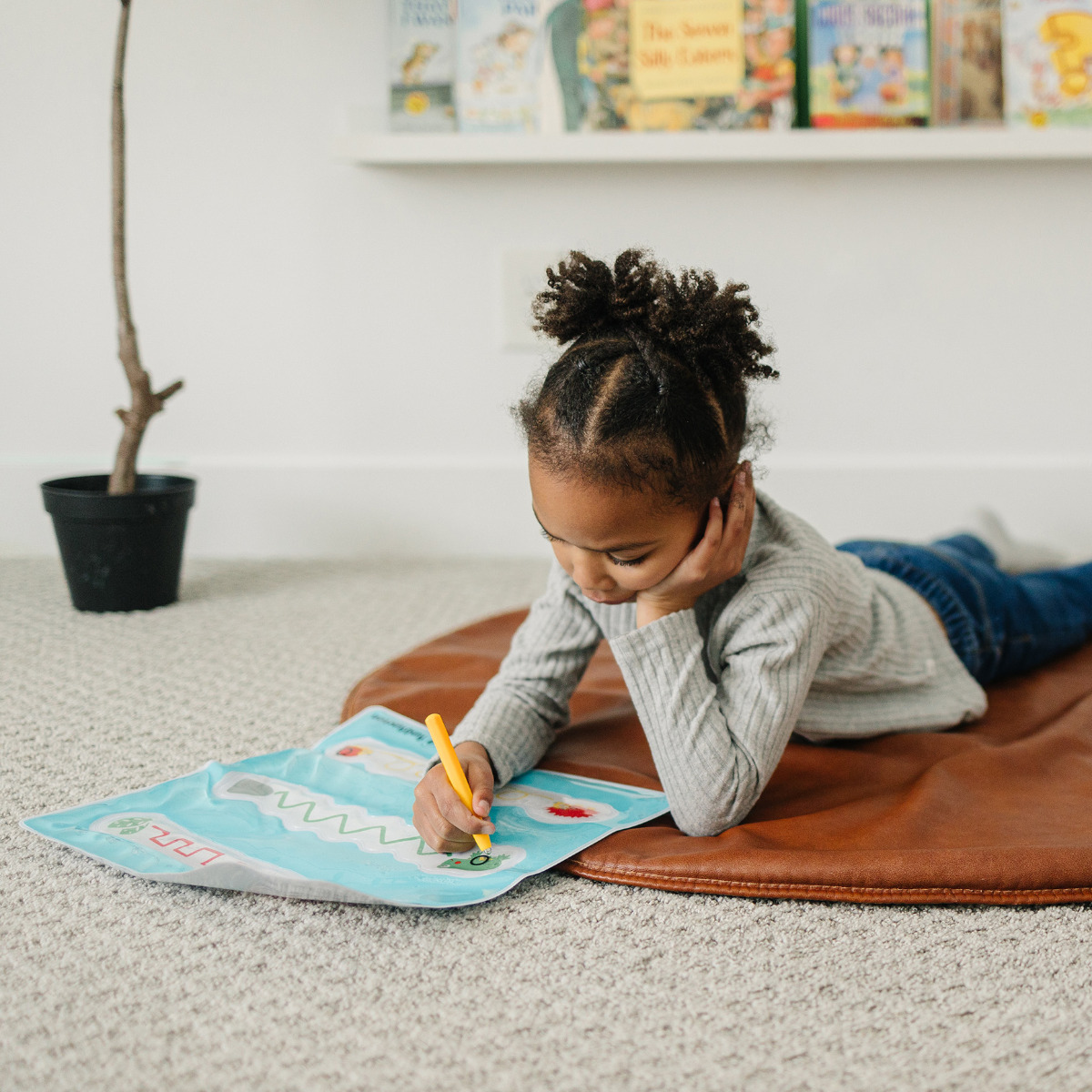





Comments